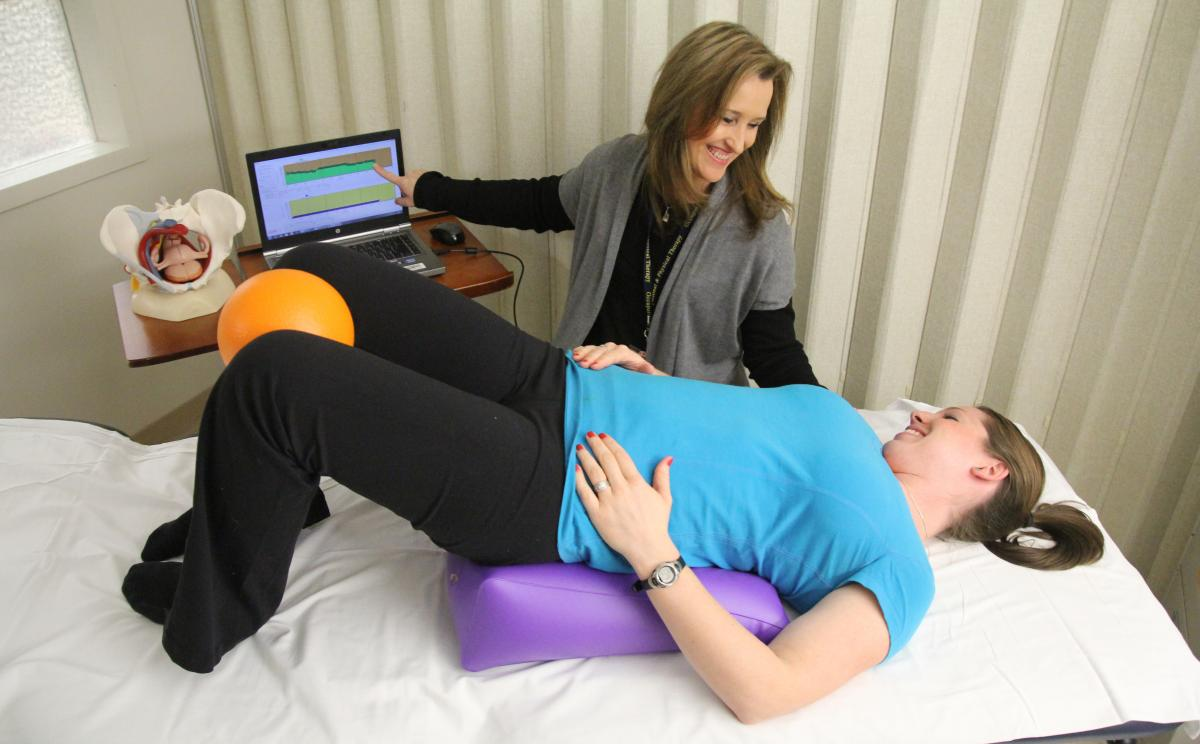How to Find the Best Pelvic Floor Therapist for You

Pelvic floor dysfunction is a common problem that can affect people of all ages. It can cause a variety of symptoms, including urinary incontinence, fecal incontinence, pelvic pain, and sexual dysfunction. Pelvic floor therapy is a safe and effective treatment for pelvic floor dysfunction. If you are considering pelvic floor therapy, it is important to find a therapist who is qualified and experienced. There are a few things you can do to find the best pelvic floor therapist for you: Ask your doctor for a referral . Your doctor may be able to recommend a pelvic floor therapist who is qualified and experienced. Search online . There are a number of websites that can help you find pelvic floor therapists in your area. You can search by location, insurance, and other criteria. Talk to your friends and family . Ask your friends and family if they know of any good pelvic floor therapists. Once you have found a few potential therapists, it is important to schedule consultations with each one...


